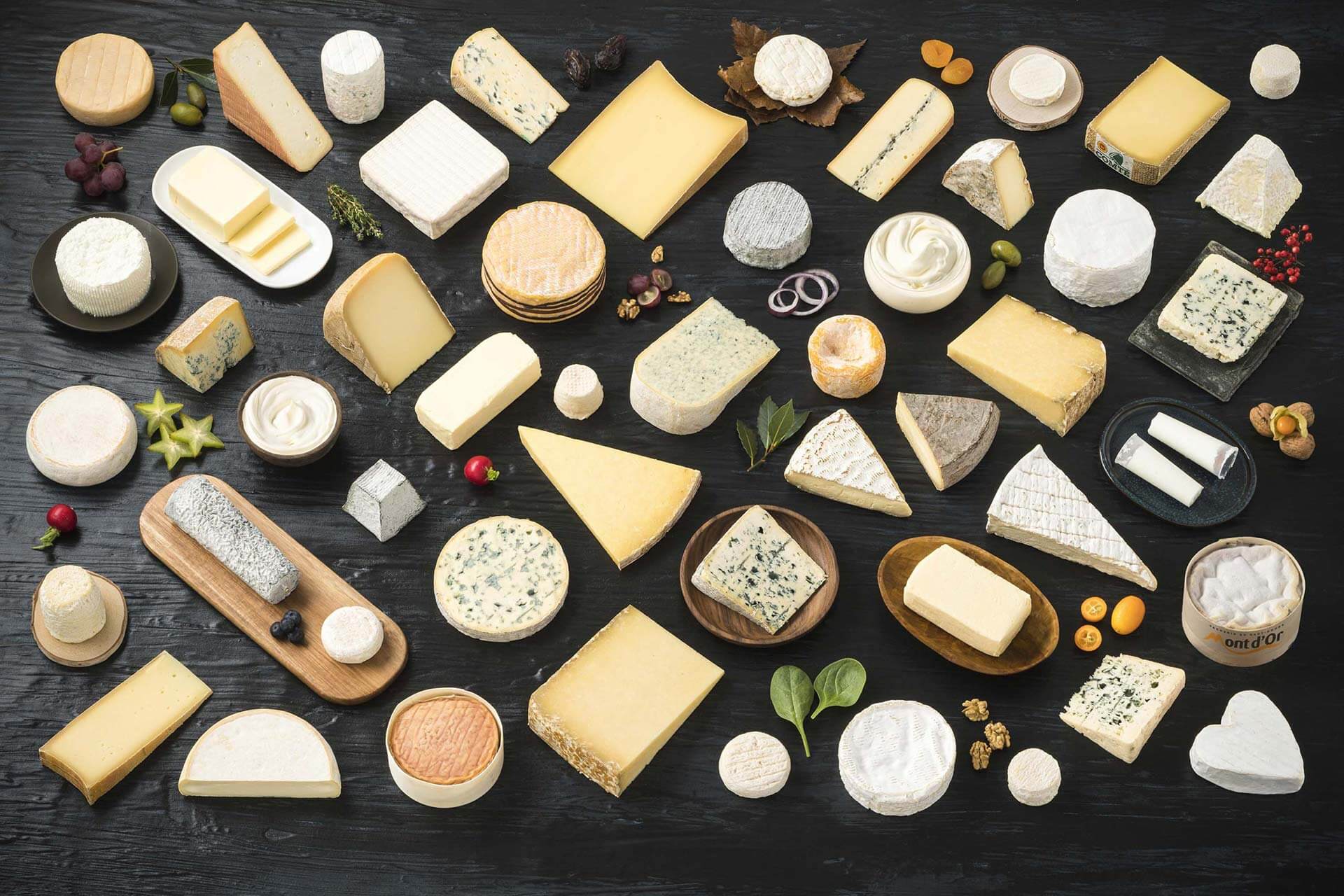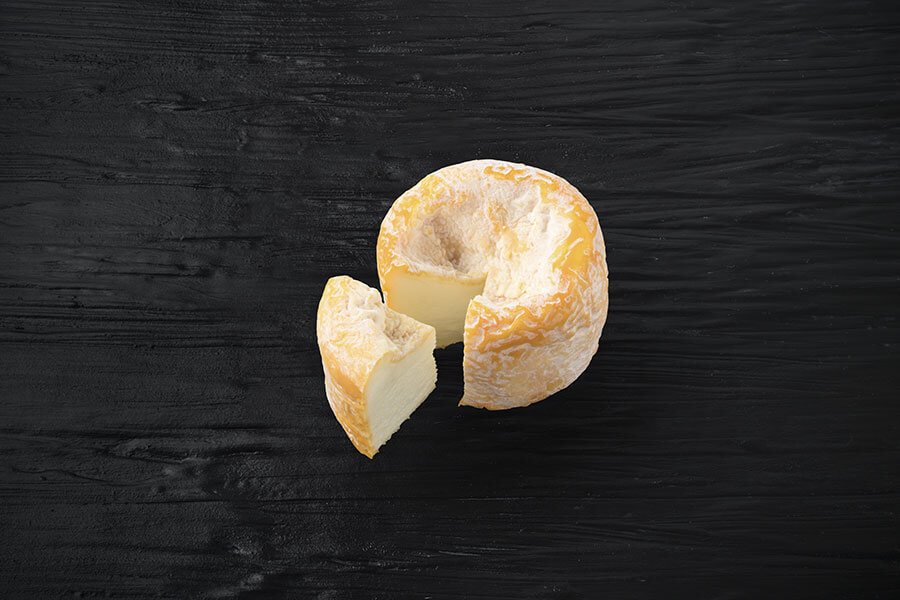Langres
PDO Langres, a unique shape and an authentic taste
How can you know whether a farmhouse or dairy Langres has been more or less aged? Easy! All you have to do is look at the dip that has formed at the top. The deeper the dip, the more the Langres has been aged. The next question is obvious: what causes this dip? It is because Langres is never turned during the making process. This is a boon for anyone looking for an alternative way to enjoy this cheese, since they can add a few drops of Champagne or Marc de Bourgogne into the dip. This is a soft cow’s milk cheese with a light yellow or reddish brown washed rind. It hails from Langres, where, in days gone by, the practice was to leave it to dry on plane tree leaves. These days it is aged in a damp cellar. It goes particularly well, in moderation, with red wine. It has held Protected Designation of Origin status since 1996.
-
Cheeser
Cow’s milk -
YEAR OF LABELLING
1991 -
Raw milk or thermised/pasteurised milk
-
Soft cheese with washed rinds
Key figures
-
22 Milk producers
-
1 Farmhouse producer
-
2 Production plants
-
622 Tons marketed since 2020
READ MORE
www.fromagedelangres.com

